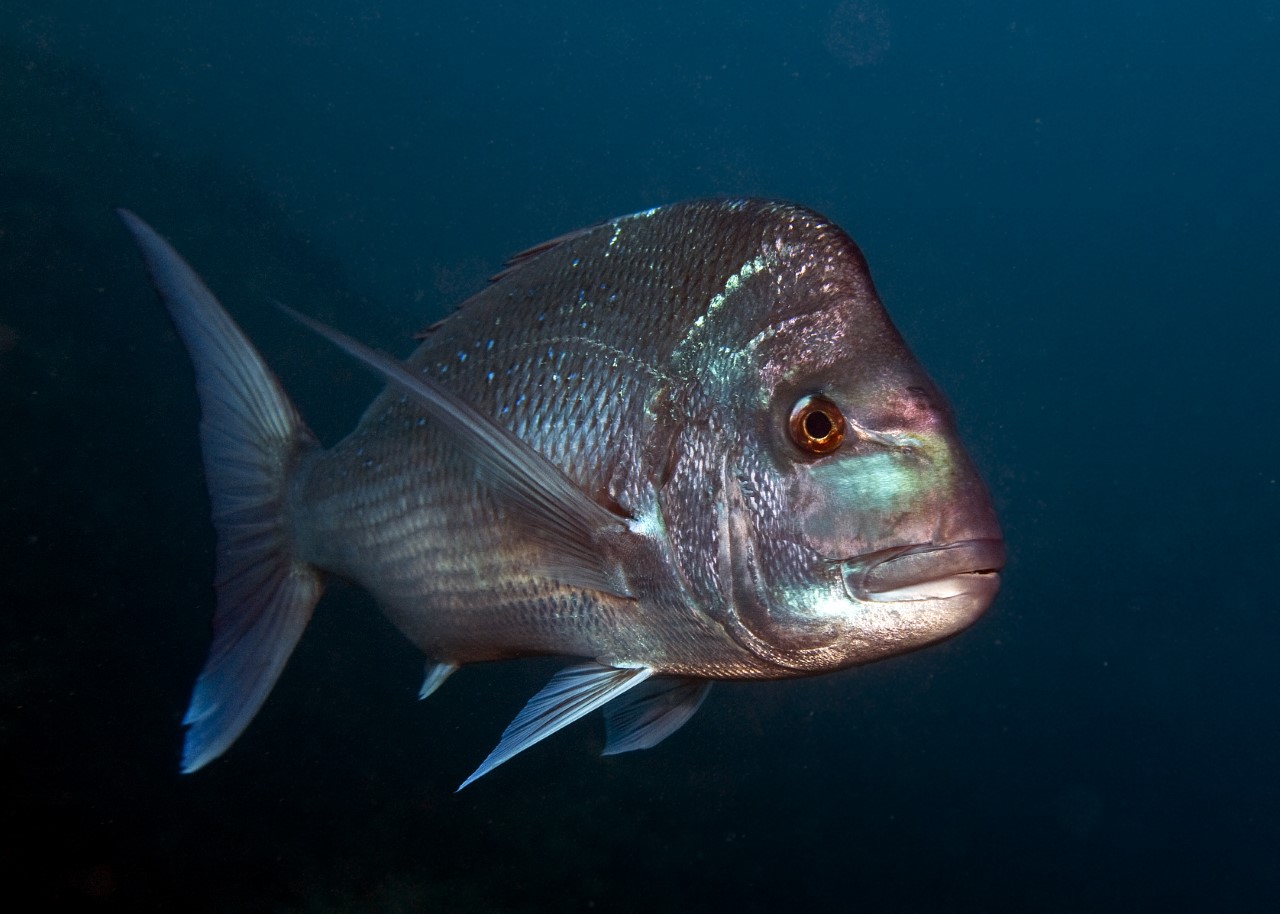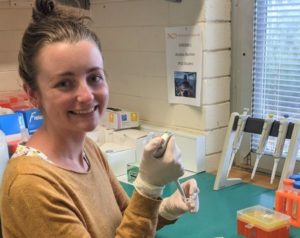
New research on snapper has revealed that there are more genetically distinct populations in the western part of its Australian range than previously understood.
The research, led by the Molecular Ecology Lab at Flinders University (MELFU) as well as government fisheries agencies, used a large genomic dataset of more than 10,000 DNA markers to uncover three different oceanic snapper (Chrysophrys auratus) populations between Shark Bay in Western Australia and Ceduna in South Australia.
Two of these snapper populations occurred in WA, with the northernmost one extending around 800 km from Shark Bay to Lancelin, and the second spanning about 600 km from Fremantle to Albany.

The west coast of SA is home to an additional unique snapper population that is genetically distinct from the two in WA.
Genetically distinct populations form when there is limited movement and interbreeding between groups of individuals occupying different geographical areas.
“Such knowledge is valuable from a sustainability perspective because genetically distinct populations may need to be managed differently as they could respond uniquely to fishing pressures”, says Andrea Bertram, first author of the study published in the international journal Evolutionary Applications.
The use of contemporary genomic techniques has improved knowledge based on previous genetic work that suggested snapper form a single population from Shark Bay to Albany.
“The high resolving power of our large genomic dataset compared to the smaller ones used in the past is what allowed us to uncover the two distinct snapper populations in Western Australia”, says MELFU director Professor Luciano Beheregaray.

The large geographical ranges of these three populations also suggests that snapper can make movements of several hundreds of kilometres.
While the differences between the populations means that snapper don’t often move outside of their geographical boundaries, one fish from the SA population was found to have moved as far west as Busselton in the south-west corner of WA.
“Although it’s not totally clear why snapper don’t often venture across the boundaries between these populations, ocean currents and maintaining proximity to spawning and nursery habitats may be important,” says WA fisheries scientist Dr David Fairclough, who is the second author on the new paper.
The results are now being discussed by fisheries scientists and managers to help improve snapper management across WA.
This research is part of a current ARC Linkage Project titled ‘Fisheries Genomics of Snapper’ which involves using genomic data to improve the management of wild snapper fisheries as well as the production of snapper through aquaculture.
The ARC project is a collaborative effort between MELFU, the government fisheries research groups in the five mainland Australian states as well as Plant and Food Research, New Zealand (equivalent to Australia’s CSIRO).
The paper, Fisheries genomics of snapper (Chrysophrys auratus) along the west Australian coast (2022), by A Bertram, D Fairclough, J Sandoval-Castillo, C Brauer, A Fowler, M Wellenreuther and LB Beheregaray, has been published as open access in the international journal Evolutionary Applications. https://onlinelibrary.wiley.com/doi/10.1111/eva.13439






